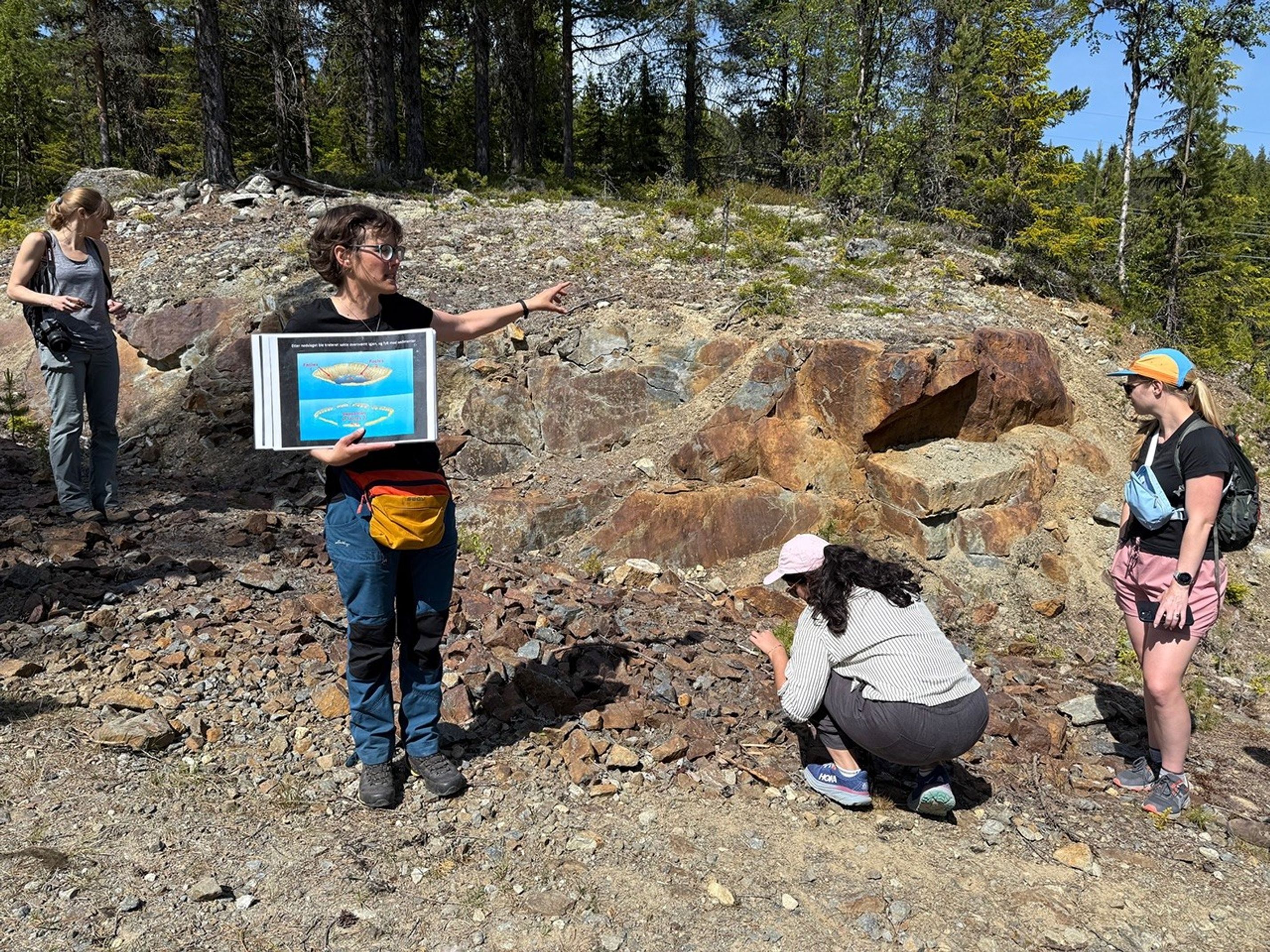The "mini-drill" test on the Mojave rock target completed successfully, but MAHLI images taken after the test showed that the rotary-percussive drilling fractured the rock.
The "mini-drill" test on the Mojave rock target completed
successfully, but MAHLI images taken after the test showed
that the rotary-percussive drilling fractured the rock. This was not
expected, so the tactical team had to quickly change the Sol 869-870
plan. While we were hoping to drill a deeper hole and acquire a sample
of the drill cuttings before the upgrade of the software onboard the rover next week, the rock fragments dislodged by the mini-drill
activity provided a rare opportunity to examine freshly-broken
surfaces. Field geologists usually carry rock hammers so that they can
break rocks and examine the fresh surfaces. On Mars, the
drill has served as MSL's rock hammer! So the Sol 869 plan includes
ChemCam measurements of the fresh chunk of rock and the bottom of the
mini-drill hole, followed by MAHLI close-up images of the dislodged
rocks, both during the day and at night (illuminated
by the LEDs). On Sol 870, the brush will be used to clean off another
potential mini-drill target, dubbed "Funk Valley." MAHLI images of this
new target will be taken before and after the brushing, then the drill
will be "preloaded" (pushed down) against
Funk Valley and a potential full drill target to determine whether the
rock is strong enough to safely drill. Finally, MAHLI images will be
acquired to see the results of the preload tests and the APXS will be placed on the brushed spot for an overnight integration. by Ken Herkenhoff
Dates of planned rover activities described in these reports are subject to change due to a variety of factors related to the Martian environment, communication relays and rover status.
Written by Ken Herkenhoff, Planetary Geologist at USGS Astrogeology Science Center






























